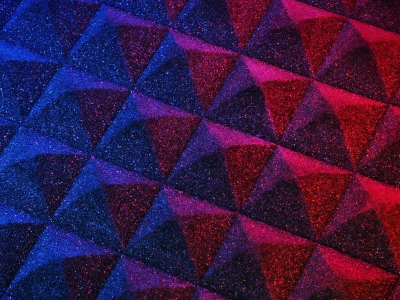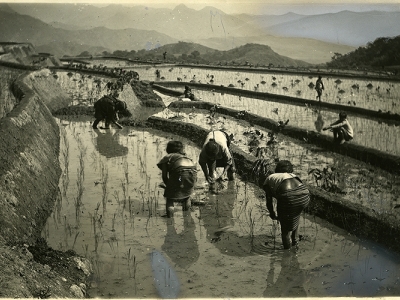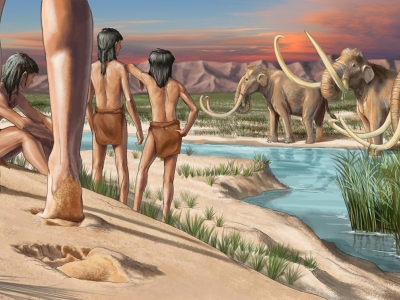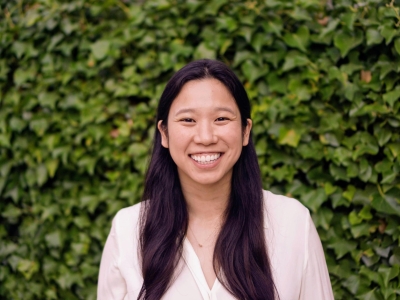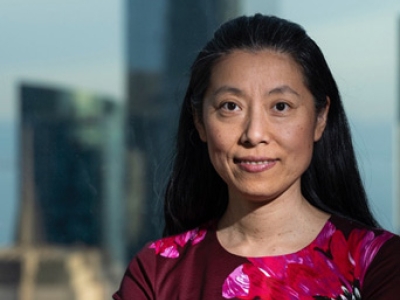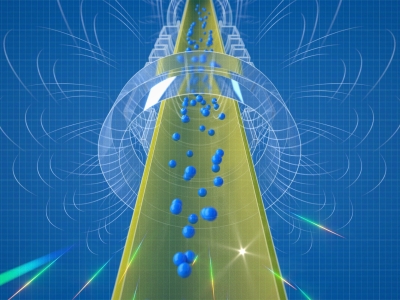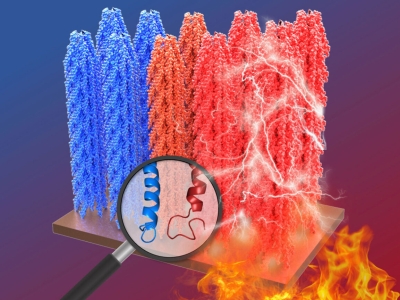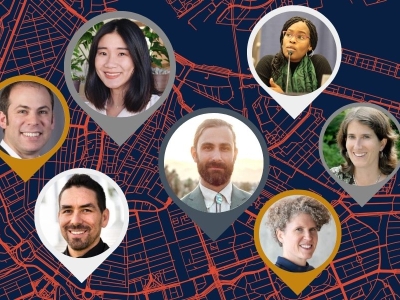UC Berkeley will develop a 36-acre site to house companies, labs and students in heart of Silicon Valley.
Research News
Learn more about UC Berkeley's researchers and innovators.
Showing 449 - 464 of 3507 Results
UC Berkeley to co-lead Microelectronics Commons regional innovation hub funded by the Department of Defense.
UC Berkeley professor investigates the properties and applications of novel metamaterials.
UC Berkeley professor delves deeper into the reason behind the seemingly large populations of Filipinx families in Hawaii.
UC Berkeley researchers have created a website that compiles research on racism’s harms across the spectrum of American life.
A UC Berkeley research partnership in Singapore shows that pairing ceiling fans with higher air conditioning settings can reduce energy consumption by one-third without compromising comfort.
UC Berkeley researchers demonstrated a new method for using manganese to create cheaper and more powerful Li-ion batteries.
Researchers provide seemingly incontrovertible proof that humans were already living in North America during the height of the last Ice Age.
UC Berkeley professor discusses her domestic violence research and its intersectionality with the field of computer science and machine learning.
The culture and spirit of innovation at UC Berkeley throughout history can be seen in the changemakers who have helped in countless ways to improve our lives and our world.
Dawn Song, a 2022 Fellow with the UC Noyce Initiative, studies how to keep online data safe, fair and accessible.
Physicists studying antihydrogen have conclusively shown that gravity pulls it downward and does not push it upward.
UC Berkeley associate clinical professor of biostatistics has announced a partnership between his digital mental healthcare company, CredibleMind, and the National Association of County and City Health Officials (NACCHO).
Berkeley scientists have disclosed that engineered viruses can produce electrical energy when subjected to heat, potentially opening the door to advanced biosensors and diagnostic instruments in the future.
Hartmut Haeffner, a 2022 Fellow with the UC Noyce Initiative, studies the properties and behaviors of isolated atoms— potential building blocks for quantum computers.
UC Berkeley School of Public Health's ongoing research shows that redlining persistently fuel racial and socioeconomic inequality.



